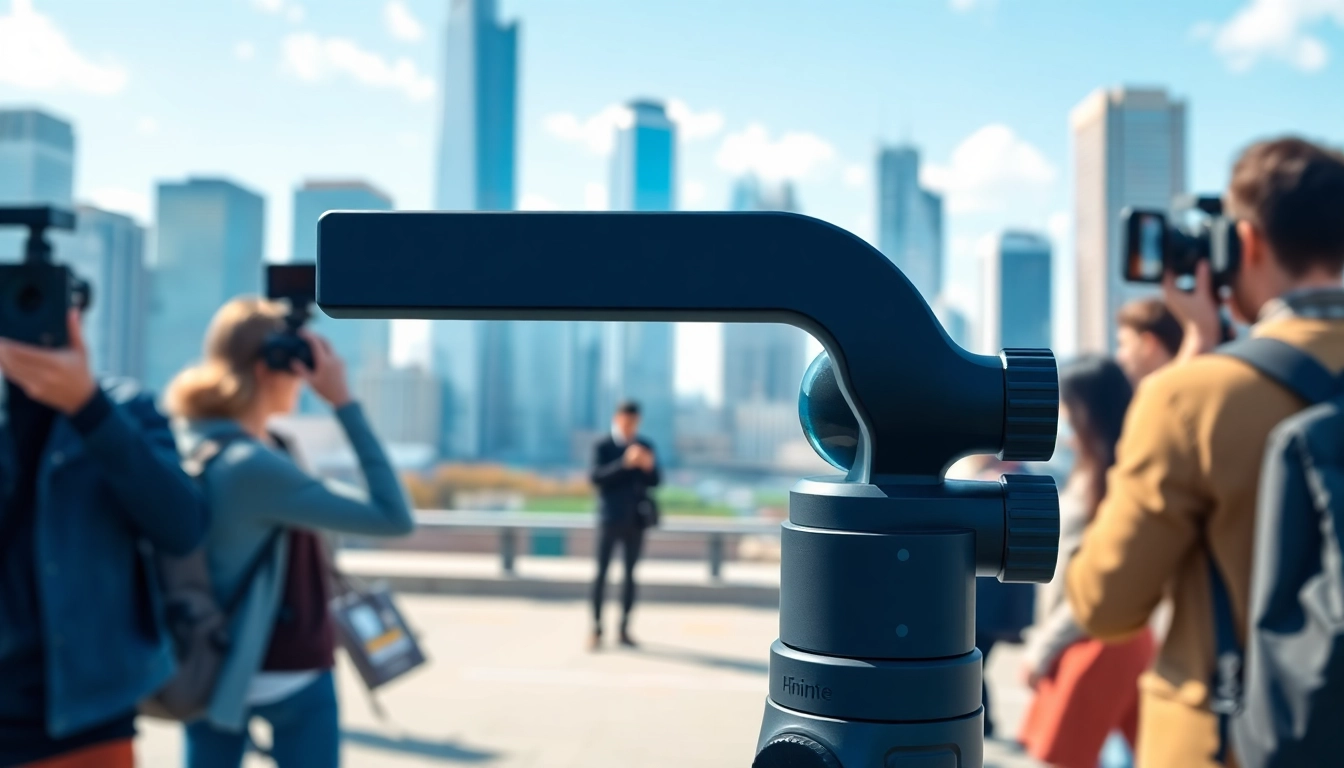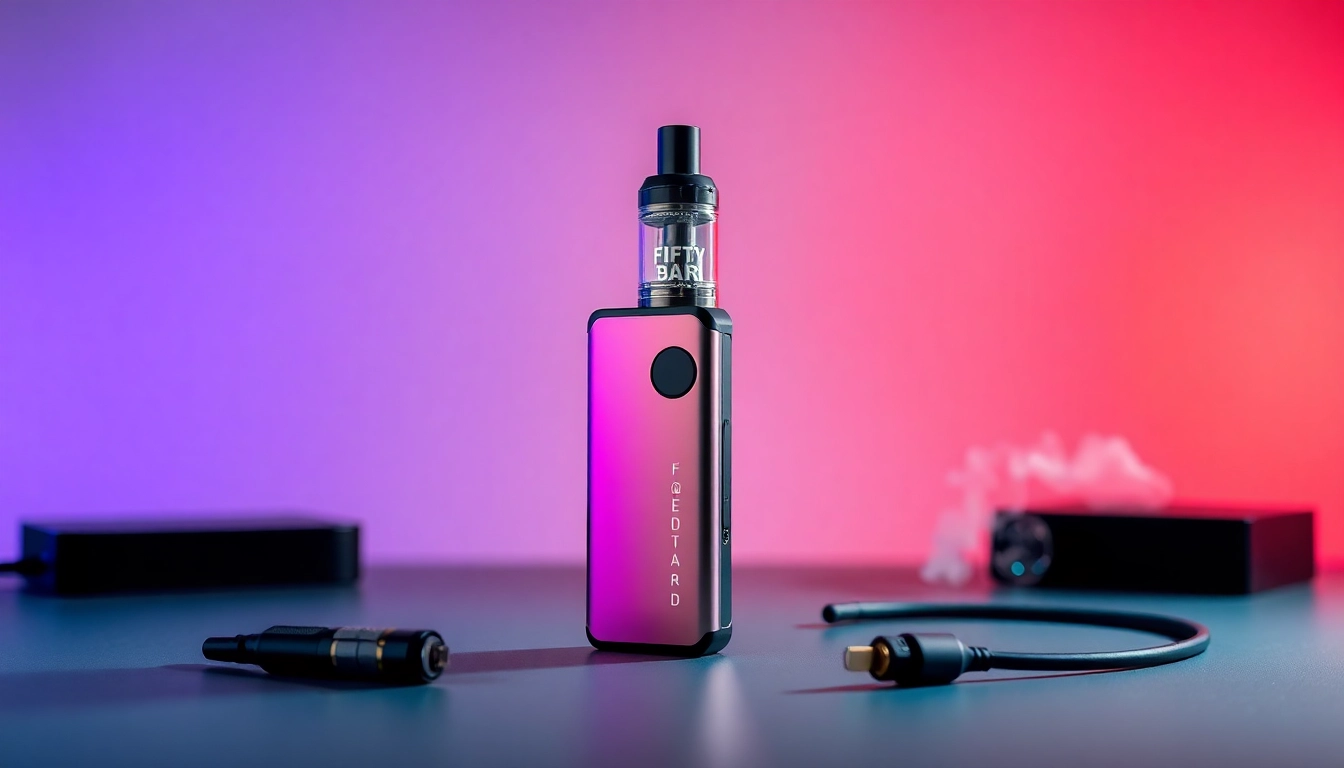Understanding the Importance of a Gimbal for iPhone
In an age where visual storytelling dominates social media and personal content creation, ensuring high-quality video is more crucial than ever. A gimbal for iPhone is an essential tool for anyone looking to enhance their filmmaking capabilities. By providing stabilizing support for your smartphone, these gimbals allow for smooth, cinematic shots that would be nearly impossible to achieve through handheld filming alone. In this article, we will explore the functionality of gimbals, their benefits, and how they can revolutionize your video-making experience.
What is a Gimbal and How Does it Work?
A gimbal is a pivoted support that allows the rotation of an object about a single axis. In terms of smartphones, a gimbal stabilizer employs advanced technology to counteract unwanted movements and keep your device steady during filming. The mechanics involve a system of motors and sensors which continuously adjust the camera orientation based on the user’s movements, ensuring a fluid capture of action. This stabilization is achieved through a process often referred to as 3-axis stabilization, which compensates for pitch, yaw, and roll movements.
Benefits of Using a Gimbal for iPhone
The advantages of utilizing a gimbal for iPhone can be substantial. Here are a few key benefits:
- Smooth Video Quality: Gimbals eliminate shaky footage, resulting in high-definition video that looks professional and polished.
- Enhanced Creativity: With various modes available, filmmakers can experiment with different techniques, such as time-lapses, slow-motion, and tracking shots.
- Ergonomic Design: Gimbals are typically lightweight and designed for easy handling, allowing for extended use without discomfort.
- Mobile Flexibility: Compact and portable, a gimbal enables filming in diverse environments, from bustling streets to serene landscapes, without sacrificing stability.
Common Challenges Without Stabilization
Filming without the aid of stabilization can lead to several challenges, including:
- Shaky Footage: Handheld shots often result in jittery footage that distracts viewers and detracts from the subject matter.
- Poor Composition: Difficulty maintaining a steady frame can lead to unintentional cropping or awkward framing of the shot.
- Inconsistent Quality: Fluctuating camera angles and movements can make editing challenging and less cohesive.
Features to Look For in a Gimbal for iPhone
Choosing the right gimbal for your iPhone involves understanding key features that enhance usability and filming quality. Here are essential aspects to consider:
Stabilization Technology Explained
The effectiveness of a gimbal is heavily dependent on its stabilization technology. Look for stabilizers that utilize 3-axis technology, as this permits compensation for multiple directions of movement. Additionally, features such as object tracking and automatic lock modes can provide added benefits, allowing users to focus on the shot rather than managing the gimbal’s positioning.
Battery Life and Performance Metrics
Battery life is a critical factor when selecting a gimbal. A gimbal with a long-lasting battery enables longer shooting sessions without the need for constant recharges. Many advanced gimbals offer battery life exceeding 10 hours of continuous use. Keep an eye on performance metrics such as payload capacity and motor response time as well, as these can impact shooting effectiveness.
Compatibility with Various iPhone Models
Not all gimbals are universally compatible with every iPhone model. Ensure the gimbal you choose can accommodate your specific device, including any added accessories such as cases or lens attachments. Compatibility offers peace of mind and may influence the overall shooting experience.
How to Optimize Your Filmmaking with a Gimbal for iPhone
To truly harness the power of a gimbal, one must understand how to effectively utilize it within varying contexts. Here are several tips to enhance your filmmaking:
Techniques for Smooth Video Capture
Employing specific techniques while using your gimbal can help create smoother transitions. One effective practice is to maintain a consistent distance from your subject, which can minimize the need for abrupt adjustments. Additionally, practice walking with a soft and controlled gait to prevent jarring movements.
Creating Professional-Looking Shots
Using your gimbal creatively can lead to truly stunning footage. Experiment with different shooting angles, such as low-angle shots that provide a dramatic effect, or high-angle shots that give an overview of your subject. Utilizing accessories like external lighting can also enhance the quality of your final product.
Utilizing Various Modes for Different Scenarios
Most gimbals are equipped with various modes designed for specific filming scenarios. For instance, using the “follow mode” allows the gimbal to track your movements seamlessly, ideal for dynamic subjects. The “pan-follow mode” can be used for panning shots across subjects, while “lock mode” can keep the camera fixed on a specific point.
Tips for Maintaining Your Gimbal for iPhone
To ensure the longevity and performance of your gimbal, it’s essential to implement regular maintenance practices. Here are some best practices:
Best Practices for Care and Storage
Always store your gimbal in a protective case to avoid physical damage when not in use. Keeping the gimbal clean is also crucial; gently wipe it down after each use to remove dust or grime that may hinder its functionality. Avoid exposing your gimbal to extreme temperatures or moisture, as these conditions can negatively impact its motors.
Regular Maintenance to Ensure Longevity
Beyond initial cleaning, consider regularly checking for firmware updates, which can provide improved functionalities and bug fixes. Following the manufacturer’s recommendations for routine maintenance tasks is also vital to ensure optimal performance and durability.
Software Updates for Enhanced Functionality
Updates may unlock new features or refine existing capabilities. Many gimbals have corresponding apps that allow users to access advanced functionalities, such as motion timelapses or specialized filming modes. Staying informed about these updates ensures you’re maximizing your gimbal’s potential.
Real-Life Applications of a Gimbal for iPhone
The versatility of a gimbal for iPhone allows for its use across varying applications, from professional filmmaking to casual vlogging. Here are some common scenarios:
Cinematic Filmmaking Examples
In the realm of cinematic filmmaking, gimbals enable smooth tracking shots that can elevate storytelling. Whether creating short films or immersive documentaries, utilizing a gimbal can help maintain narrative flow and enhance visual quality. Shot compositions that require dynamic movement, such as following characters or panoramic sweeps of landscapes, become effortlessly achievable when using a gimbal.
Using a Gimbal for Travel Vlogs
For travel vloggers, capturing breathtaking scenery while maintaining video stability is essential. A gimbal allows for fluid motion as you navigate different terrains, whether hiking through dense forests or strolling along urban streets. By utilizing a gimbal, content creators can focus on narrative and emotion without the interference of shaky footage, thus entertaining and engaging their audience more effectively.
Creating Engaging Social Media Content
On platforms where visual content reigns, like Instagram and TikTok, having high-quality videos can set accounts apart. Gimbals permit filmmakers to create content with cinematic flair, attracting more engagement and shares. Techniques such as panning, zooming and dynamic transitions become simple, offering creators exciting options to explore when crafting their social media presence.



